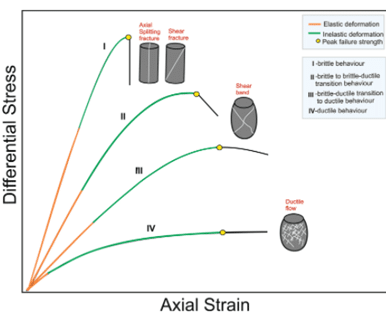Compressive Strength in Composite Materials
What is Compressive Strength?
Compressive strength, also known as compression strength, is an important mechanical property for design engineers when a material is placed under direct compression loads. Compressive strength in metals is not typically found as the critical stress. However, in other materials such as concrete, plastic, wood, and composite, compressive strength can easily be the critical design property if the loading is primarily in compression. The compressive strength behavior of common materials such as metals, concrete, and wood is well documented. Composite materials exhibit some unique compressive strength behavior, depending on the composite construction. This technical paper will provide an overview of compressive strength related to composite materials.
To discuss compressive strength in composite materials, briefly covering the definition of compressive strength is necessary. Figure 1 provides a simple diagram showing the compression of a cylinder.

Maximum Stress
To further illustrate maximum stress in a cylinder, the stress-strain curve of a concrete cylinder in Figure 2 will be used. The curve shows that stress will peak before the specimen fails because concrete has a softening behavior before ultimate failure. The formula for maximum compressive stress is the same regardless of shape.
σmax = Fmax / Ao
Where Fmax is the maximum compressive force and Ao is the initial cross-sectional area.

Brittle vs Ductile Materials
Compressive failures are significantly different when comparing brittle and ductile materials. Brittle materials tend to split or diagonally shear and fail abruptly. Ductile materials will flow and change shape significantly without failure. Between brittle and ductile transition, behaviors are also illustrated in Figure 3. For this discussion, most composite materials would fall into the brittle category.

Why is Compressive Strength Important?
Compressive strength could be the critical design parameter for applications that put structures under compressive loads. Compressive applications are plentiful in the civil engineering world, where concrete base supports and truss members are used daily. Compressive strength can also be important in the world of composite applications. For example, in electrical applications such as power transformer coil supports or core support blocks, composites are under considerable compressive stress. Whether it is a composite mold platen insulation plate or a spar support block for a 100-meter wind blade, all-composite component designs must carefully consider the compressive strength requirements if it is a compressive loaded application.

